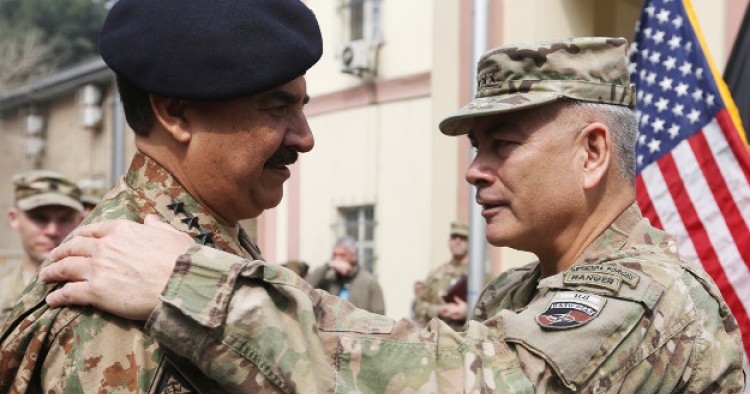You can read the full article at The Diplomat.
While the U.S. and Pakistani counterterrorism efforts have degraded al-Qaeda and the Pakistani Taliban in the Federally Administered Tribal Areas (FATA), sectarian violence across the country continues unabated and threatens to further destabilize Pakistan and the broader region.
On March 31, in the latest episode of attacks against Pakistan’s Shia minority, at least 22 people were killed and more than 100 injured in a bomb blast that apparently targeted a Shia women’s mosque in Parachinar, the capital of FATA’s Kurram Agency bordering Afghanistan. The Jammat-ul-Ahrar (JuA), a branch of the banned Tehrik-i-Taliban Pakistan (TTP), claimed credit for the carnage. Parachinar’s majority Shia population has repeatedly been targeted by sectarian Punjabi outfits as well as Taliban militants that use the city as a corridor to enter Afghanistan. In January, another attack in the area – claimed by the TTP and a faction of Lashkar-e-Jhangvi (LeJ) – killed and injured more than 100, mainly Shia Muslims.
Sectarian strife is not a new phenomenon in Pakistan. While the Sunni-Shia divide was negligible during the first three decades of Pakistan’s existence (1947-77), the 1979 revolution in Iran and the Islamization policies of Pakistani military dictator Muhammad Zia-ul-Haq (1977-88) radicalized Pakistani Sunnis and Shias alike and set the stage for ceaseless sectarian violence in the country throughout the 1980s and 1990s. After the 2001 U.S. intervention in Afghanistan, there was a lull in sectarian attacks in Pakistan, as then-President Pervez Musharraf banned most Sunni and Shia militant and sectarian groups. But Musharraf’s crackdown proved to be more a tactical gesture to impress Washington than a genuine effort to clamp down on terrorism and sectarianism at home; his government soon released most of the 2,000 militants associated with banned terrorist and sectarian outfits.
Nor has the return of democracy after Musharraf helped tackle sectarian terrorism in Pakistan. Since 2008, successive civilian governments have largely delegated major internal security matters to the military establishment; and even worse, some provincial and local officials have at times partnered with sectarian organizations for political expediency. Although Pakistan’s 2014 Zarb-e Azb military operations in FATA and counterterrorism operations in the provinces of Punjab, Sindh, and Balochistan the following year yielded some positive results, the latest upsurge in violence shows anti-state and sectarian outfits are resilient. According to the South Asia Terrorism Portal (SATP), at least 440 Pakistanis have been killed and injured in sectarian attacks across the country this year – already surpassing the casualty numbers for all 2016. And sectarian attacks have not been confined to the tribal regions; Shia communities in Quetta, the capital of Balochistan Province, and Karachi, Pakistan’s largest city and financial hub, have taken the brunt of escalating attacks.
The Middle East Institute (MEI) is an independent, non-partisan, non-for-profit, educational organization. It does not engage in advocacy and its scholars’ opinions are their own. MEI welcomes financial donations, but retains sole editorial control over its work and its publications reflect only the authors’ views. For a listing of MEI donors, please click here.












